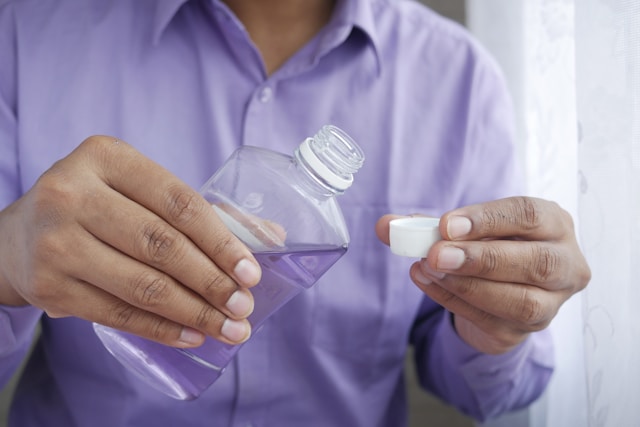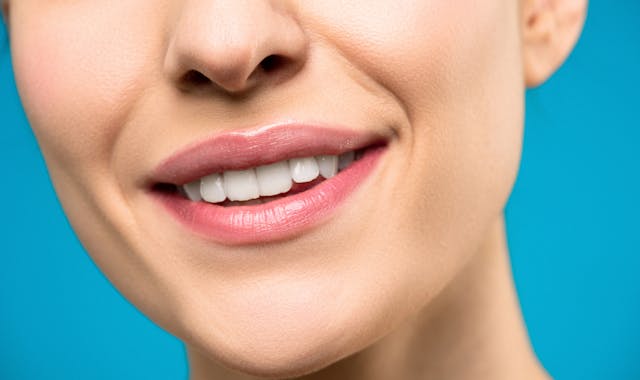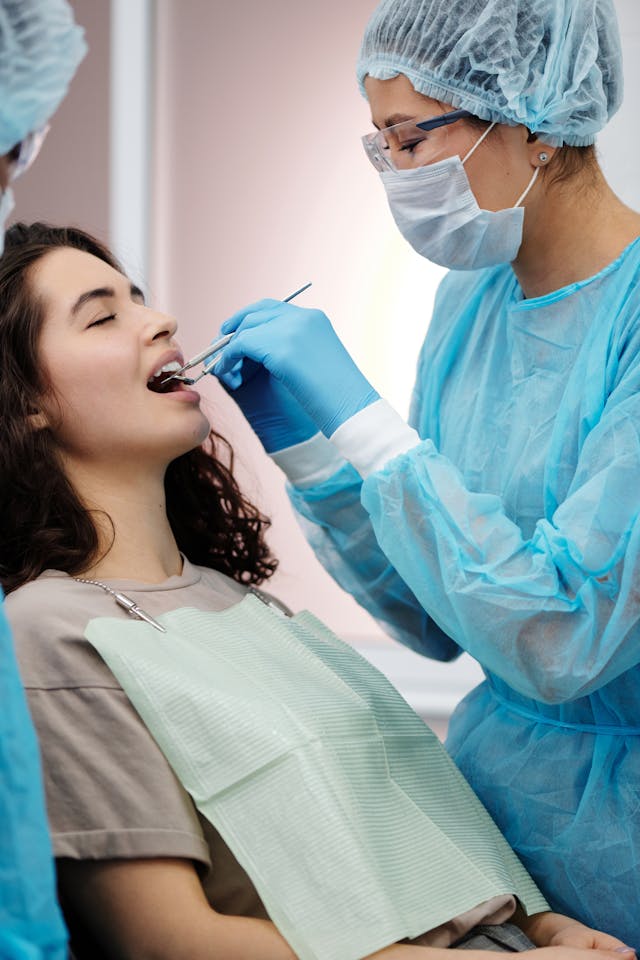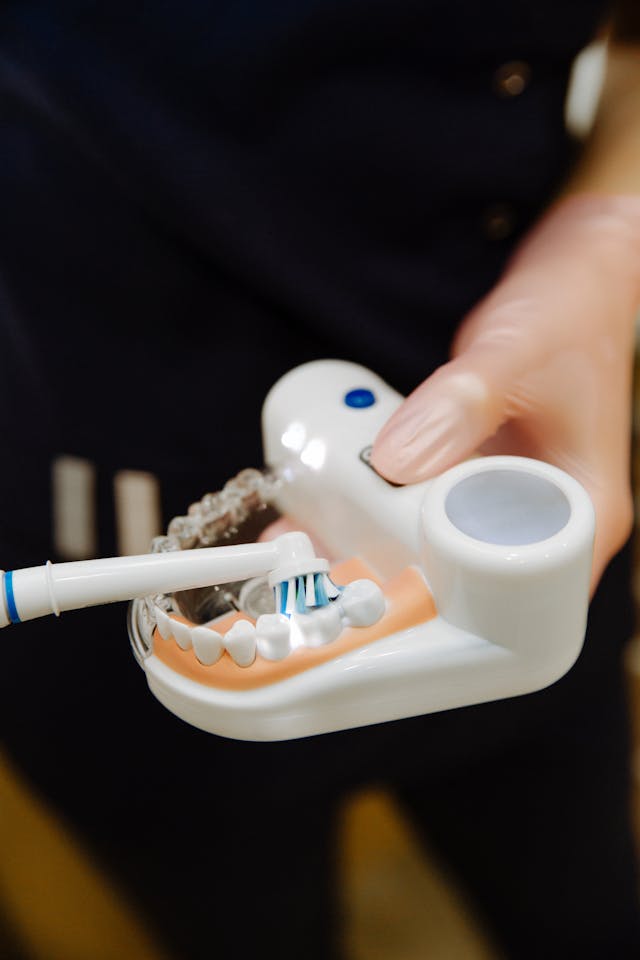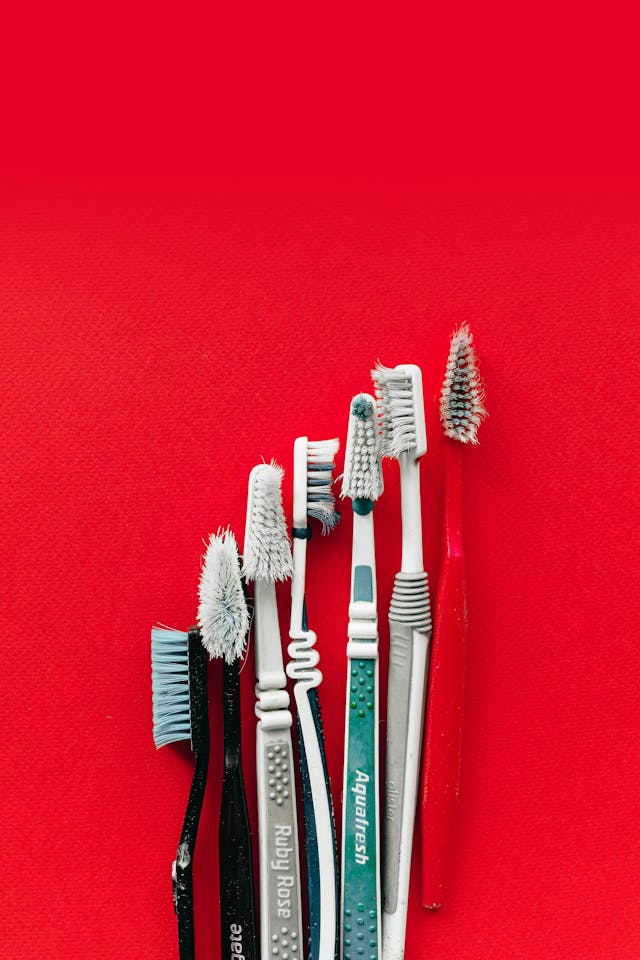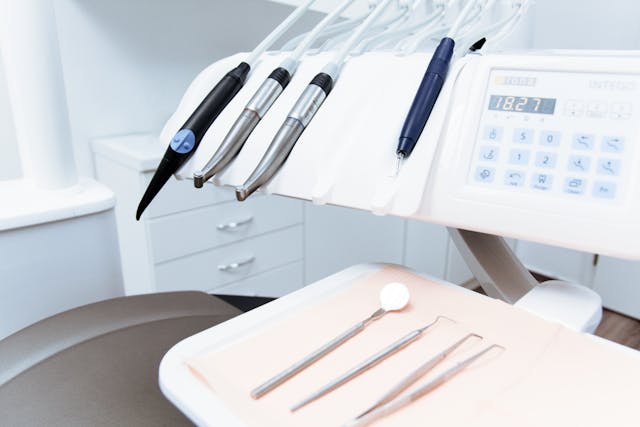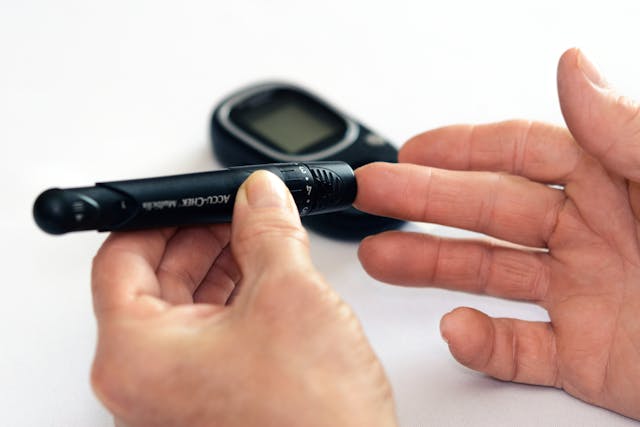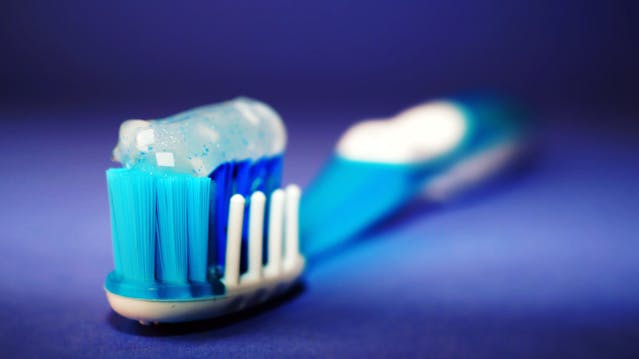When the summer sun is out, kids naturally gravitate toward sweet treats and cold goodies—but many of the traditional go-to snacks like popsicles, candy, and sugary drinks can leave behind more than just a sticky mess. They can fuel cavity-causing bacteria and weaken tooth enamel, especially when kids are snacking all day long.
The good news? There are plenty of kid-friendly, delicious summer snacks that don’t just taste great—they actually support your child’s dental health! Here are five surprising (and dentist-approved!) options to keep your child smiling all season long:
1. Cheese Cubes or String Cheese
Cheese is more than just a lunchbox favorite—it’s a powerful ally in protecting your child’s teeth. Cheese is rich in calcium and phosphate, two minerals that help remineralize tooth enamel. Even better, cheese encourages saliva production, which is the mouth’s natural defense against decay.
Tip: Pack cheese cubes in a small cooler for beach days or opt for low-sodium string cheese for a grab-and-go snack between summer activities.
2. Crunchy Apples and Carrots
They’re nature’s toothbrush for a reason! Crunchy fruits and vegetables like apples, carrots, and celery help scrub away food particles and plaque buildup while also stimulating the gums. Apples contain malic acid, which can even help whiten teeth naturally.
Tip: Slice apples and carrots into thin sticks and serve with a side of hummus or nut butter (age-appropriate) for extra flavor and fun.
3. Plain Yogurt with Fresh Berries or Peaches
While flavored yogurts are often loaded with added sugars, plain yogurt is packed with calcium, protein, and probiotics—all of which support oral health. Probiotics promote healthy bacteria in the mouth, which helps combat harmful bacteria that cause cavities and gum disease.
Tip: Let your child build their own yogurt parfait using plain Greek yogurt, sliced strawberries, or ripe peaches. Add a sprinkle of granola for a satisfying crunch (but avoid sticky, sugary versions).
4. Watermelon
It’s hydrating, it’s refreshing, and it’s surprisingly good for oral health! Watermelon is 92% water, which means it helps rinse away food particles and sugars from the mouth while keeping kids cool and hydrated on hot summer days.
Tip: Serve cold watermelon slices after outdoor playtime instead of sugary freeze pops or slushies. It satisfies the sweet tooth and protects it!
5. Nuts and Seeds (for older children)
Almonds, sunflower seeds, and cashews are low in sugar and packed with tooth-supporting nutrients like magnesium, calcium, and phosphorus. Unlike crackers or chips, they don’t stick to the teeth or create harmful acids in the mouth.
Safety Note: Nuts and seeds are best for older children who can safely chew them. Always supervise snacking to prevent choking hazards.
Final Thoughts
Healthy summer snacks don’t have to be boring—or bad for your child’s teeth. With a little creativity and planning, you can keep your child fueled and cavity-free all summer long. At Huntington Smiles Pediatric Dentistry, we believe good habits start young—and what better time to practice smart snacking than when school’s out and sunny fun is in?
Pro Tip: Balance snacks with water instead of juice or soda to help rinse the mouth and neutralize acid. And don’t forget to keep up with brushing twice a day, even during summer vacation mode!
Schedule a Summer Dental Checkup
Summer is also a great time to fit in your child’s regular dental checkup—before the back-to-school rush hits. Call us today to book an appointment and keep your child’s smile shining all season long!



